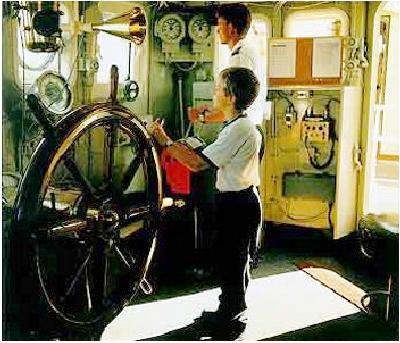
Figure 1.--The Dutch Sea Scout Corps seeks to bring young people into contact with the sea and to arouse their interest in the world of the navy and the merchant marine.


Figure 1.--The Dutch Sea Scout Corps seeks to bring young people into contact with the sea and to arouse their interest in the world of the navy and the merchant marine. |
A Dutch reader reports, "Generally speaking there has been little or no military training for boys under the age of 17 in both Belgium and Holland, especially since World War I. Over the past hundred years or so there has been a strong undercurrent of pacifism in Dutch society and, to a lesser extent, in Belgium." The Army Historical Society write that there was a cadet school in Alkmaar (1893-1921). It prepared boys for the Royal Military Academy. There was no separate military training for boys in the Dutch East Indies. The Dutch Navy reports that there is an active Sea Cadets Corps. In 2002 there were about ten active units. Some have their own websites. The Sea Cadet Corps seems more like a scout-like organization than an organization for military training.
Over the past hundred years or so there has been a strong undercurrent of pacifism in Dutch society and, to a lesser extent, in Belgium." The question of pacifism is an interesting subject in itself. The Dutch chose neutrality as a means of national defense. The Germans honored Dutch neutrality in World War I, but invaded and occupied the Netherlands in World War II. In World War II it was the sacrifices of soldiers from other countries which made possible the liberation of the country. The Netherlands is now a member of NATO. Pacifism given the European tragedy of two gastly world wars is understandable in Europe and springs from laudiable moral beliefs and values. Modern European pacifism, from an American perspective, however, is only possible today because America and Britain underwrote in lives and national trasure the liberation of Western Europe and its defense from Soviet domination for half a century during the Cold War (1945-89). The young people who disparage cadet programs and military service in general are only able to do so because others have been willing to make the sacrifices that have permitted the maintenance of an open democratic society.
A Dutch reader reports, "Generally speaking there has been little or no military training for boys under the age of 17 in both Belgium and Holland, especially since World War I. The Army Historical Society write that there was a cadet school in Alkmaar (1893-1921). It prepared boys for the Royal Military Academy. There was no separate military training for boys in the Dutch East Indies.
The Dutch Navy reports that there is an active Sea Cadets Corps. In 2002 there were about ten active units. Some have their own websites. The Sea Cadet Corps seems more like a scout-like organization than an organization for military training. The end of World War II (1939-45) saw a decline of the number of people embarking on a maritime carreer in the Netherlands. Commander A. Kroeze, the then Chief of the navy's information service looked toward the British See Cadet Corps and initiated a similar youth organization in Holland. The aim was to bring young people into contact with the sea and to arouse their interest in the world of the navy and the merchant marine.
The first corps started at Gouda in 1949, others followed in rapid succession. The number of units in 2002 number 21. Boys and girls betwen 11 and 18 yeras of age meet on Saturdays aboard ship and are trained to acquire nautical skills during a four year period. Many cadets go on to Nautical Colleges or join the Navy. The cadets are coached by navy personnel and men and women connected with the merchant marine, inland shipping, the shipyards and the cruising business. The Royal Navy also provides help with the organization of summer camps.
All local units own at least one ship, ranging from Rhine barges to seagoing vessels.
No information is available on cadet programs in the former Dutch colonies oversea. A HBC reader, however, reports that there was a small program in the Dutch East Indies. We are not sure that it was sanctioned by the Dutch military. The 'Korps Pupillen' existed at Gombong, Java, from 1850 till 1912. It appears to have been composed of Eurasian boys 9-16 years of age. Most of the boys were rphans, meaning that there mostly Dutch fathers did not accept them. Their training reportedly followed a military pattern.
Navigate the HBC Cadet Pages
[Return to the Main Cadet page]
[Australia]
[England]
[New Zealand]
[Russia]
[Scotland]
[South Africa]
[United States]
Navigate the Historic Boys' Clothing Web Site:
[Return to the Main military page]
[Introduction]
[Activities]
[Biographies]
[Chronology]
[Clothing styles]
[Countries]
[Bibliographies]
[Contributions]
[Essays]
[FAQs]
[Glossaries]
[Satellites]
[Tools]
[Boys' Clothing Home]
